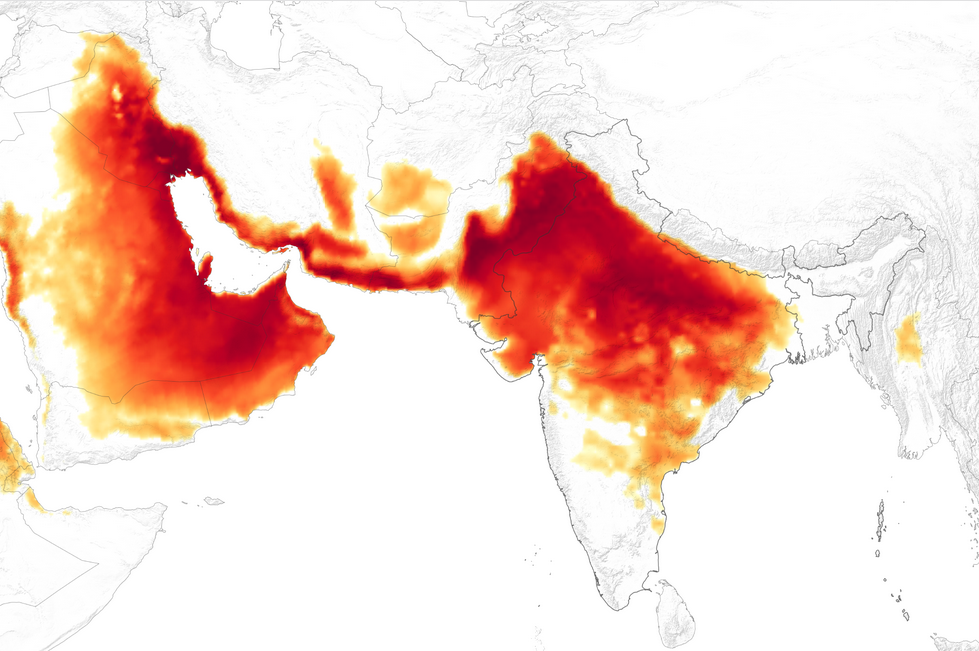“How is India Adapting to Heatwaves?” Report
A report released on March 27, 2023, titled “How Is India Adapting To Heatwaves? An Assessment Of Heat Action Plans With Insights For Transformative Climate Action” provides insights into the efficacy of heat action plans (HAPs) in India. With the increase in heatwaves due to climate change, HAPs have become India’s primary policy response to contain and adapt to the impact of extreme heat. The report assessed 37 HAPs across Indian states, districts, and cities to determine their effectiveness. In this article, we will explore the key findings of the report and its recommendations for better HAPs in India.
Inadequate HAPs
The report found that the majority of HAPs in India are not built for the local context, leading to inadequate identification and targeting of vulnerable groups. The plans also have weak legal foundations, making it challenging to implement disaster responses across state, district, and city government departments. Furthermore, only 11 of the 37 HAPs discuss funding sources, indicating that most plans are underfunded.
Insufficient Temperature Thresholds
The India Meteorological Department (IMD) declares a heatwave when the maximum temperature is above 40 degrees Celsius for two consecutive days in the plains, above 37 degrees Celsius in coastal areas and above 30 degrees Celsius in the hills and mountains. However, the report found that only ten out of 37 HAPs considered locally defined temperature thresholds. Among these ten HAPs, it is not sure whether factors such as humidity, hot nights, and duration of continuous heat were taken into account.
Lack of Vulnerability Assessments
Only two of the 37 HAPs carried out vulnerability assessments in the context of heatwaves. The report highlights the importance of conducting vulnerability assessments to identify the groups most at risk from heatwaves, such as the elderly, children, and those with pre-existing medical conditions.
Recommendations for Improved HAPs
To improve HAPs in India, the report recommends that the plans should localise the heat hazard definitions, incorporate vulnerability assessments, and be linked to the disaster management legal structure and environmental governance. The report argues that HAPs should be implemented as part of an overall climate adaptation plan, ensuring that climate adaptation efforts are integrated across government departments and are not siloed.
Month: Current Affairs - March, 2023
Category: Reports & Indexes Current Affairs


